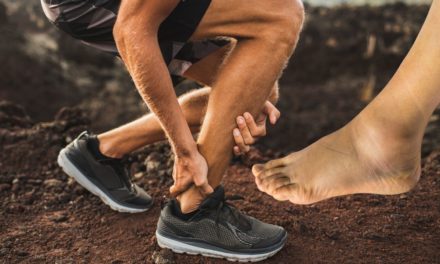Introduction
Wounds are common injuries that can occur to the skin and underlying tissues due to various causes, such as accidents, cuts, abrasions or surgical procedures. Proper wound care is essential to promote healing, prevent infection, and minimize scarring. Understanding the nature of wounds, their possible causes, types, and available treatment options is critical to ensuring timely and effective wound management. In this comprehensive article, we review wounds, their underlying causes, common types, wound care steps, and the most appropriate treatment methods to help individuals promote optimal wound healing and overall wellness. will take
Nature of injuries
Wounds are disturbances in the integrity of the skin, ranging from minor surface scratches to deep wounds. They can consist of different tissues, including epidermis (outer layer), dermis (middle layer) and subcutaneous tissue (inner layer). Injuries can be classified as acute or chronic depending on their duration and underlying cause.
Possible causes of injuries
Ulcers can be caused by many factors, including:
- Accidents: Cuts, punctures, or burns resulting from accidents or falls.
- Surgical procedures: Incisions made during surgical intervention.
- Scratching: scraping or rubbing the skin against rough surfaces.
- Bites and stings: insect bites, animal bites, or venomous stings.
- Chronic conditions: Conditions such as diabetes or vascular disease can increase the risk of chronic wounds.
Common types of injuries
Injuries can be classified into different types, including:
- Abrasion: Superficial wounds caused by rubbing of the skin on a rough surface.
- Incision: A definitive cut during a surgical procedure.
- Bruises: Deep, irregular wounds with edges, often resulting from accidents.
- Puncture wounds: narrow and deep wounds caused by sharp objects piercing the skin.
- Ovulations: Lesions where a portion of the skin and underlying tissue is torn away.
Wound care measures
Initial wound care includes the following steps:
- Cleanliness: Wash hands thoroughly before touching the wound to prevent infection.
- Control bleeding: Apply gentle pressure with a clean cloth or bandage to stop bleeding.
- Clean the wound: Gently rinse the wound with clean water to remove debris and dirt.
- Dressing: Apply an appropriate sterile dressing or bandage to protect the wound.
- Seek medical attention: Get medical help for severe or deep wounds, foreign object injuries, or signs of infection.
Effective treatment methods
Treatment of wounds depends on their severity and type. Common methods include:
- Antibiotics: Antibiotics may be prescribed if the wound becomes infected.
- Debridement: Removal of dead tissue or foreign material from a wound to promote healing.
- Sutures or staples: Some wounds may require stitches or staples to facilitate closure.
- Dressings: Apply sterile dressings and change them regularly to keep the wound clean and protected.
- Wound irrigation: cleaning the wound with a sterile solution to remove contamination.
- Wound vacuum: For large or complex wounds, vacuum-assisted closure devices may be used to promote healing.
- Hyperbaric oxygen therapy: In some cases, hyperbaric oxygen therapy can enhance wound healing.
Precautions
Preventing wound formation involves taking proactive steps, such as:
- Safety Precautions: Taking appropriate safety precautions at home, work, or during physical activity.
- Protective Gear: Wearing appropriate protective gear during sports and other activities.
- Proper wound care: Ensuring proper wound care and getting medical attention for acute or chronic wounds.
- Hygiene: Practicing good hygiene to reduce the risk of infection.
Result
Wounds are common injuries that can range from minor cuts to deep wounds, which require proper care to promote healing and prevent complications. Understanding the possible causes, types, and available treatment options empowers individuals to effectively manage and treat injuries. Proper wound care, including cleaning, dressing, and seeking medical attention when needed, is critical to optimal healing and prevention of infection. With the right approach and support, individuals can take proactive steps to prevent injuries and effectively manage them when they occur, promoting better overall health and faster recovery.










